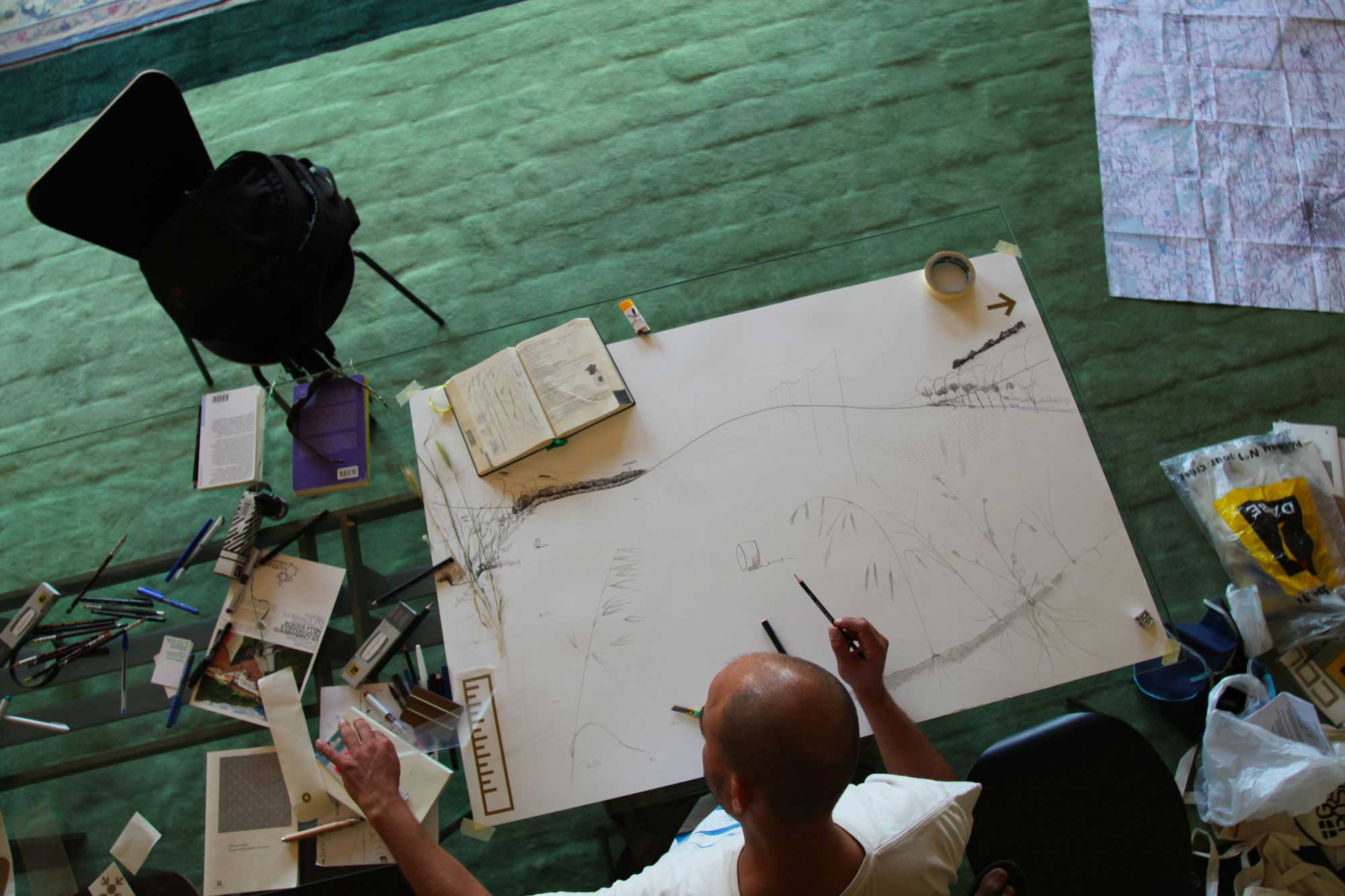The production
The production phases of our Gavi and Piemonte Barbera follow the methods and values that inspire our work in the vineyard. The wines ferment thanks to indigenous yeasts, which we multiply, together with the technicians of Grape Gruppo Ricerche Avanzate per l'Enologia, a spin-off of the Faculty of Oenology of the University of Turin, and express and maintain their identity thanks to careful processing at low temperatures, which allows limited use of sulphites, well below the Demeter specifications.
When the Cortese grapes reach the right ripeness, they are sorted twice: first directly in the vineyard through manual harvesting, and secondly in the cellar, on the sorting table. It is here that only the best bunches are destemmed and the grapes are placed in the lung presses. These are machines that guarantee a soft pressing of the grapes that results in clear musts, and avoid the extraction of brown and bitter-tasting compounds resulting from excessive extraction of the skins. The must obtained is then placed in stainless steel tanks where fermentation begins at a controlled temperature, conducted with indigenous yeasts that allow us to enhance the varietal aromas of our grapes, resulting in expressive wines with a characteristic touch. Once alcoholic fermentation is complete, the wine remains sur lies for a variable period of time before being bottled: from 4-6 months for our Gavi DOCG, approximately one year for the Gavi DOCG Riserva Vigna Madonnina and up to two years for the Gavi DOCG Pisé.
The Barbera grape, which gives rise to our Piedmont DOC Barbera and Piedmont DOC Barbera Largé, goes through classic red vinification during which the fermenting must remains in contact with the skins for about ten days. Pumpovers are carried out, wetting the cap of marc that emerges as a result of fermentation, and thus extracting colour and tannins. Once alcoholic fermentation is complete, if the vintage permits, a small maceration is carried out, leaving the wine in contact with the skins for a few days, thus favouring a greater extraction of tannins and giving it more structure. After maceration, racking takes place, separating the liquid part (flower wine) from the now exhausted grape marc cap. The flower wine undergoes malolactic fermentation, which softens the chiselling acidity of the Barbera and, after the racking necessary for the clarity of the product, the wine remains in temperature-controlled stainless-steel tanks until bottling.
In the best years, a part of this grape is dedicated to the production of Barbera Largé, which, after racking, is transferred to second-passage barriques for a variable time depending on the characteristics of the vintage.
This is how our Gavi and Barbera come to the table, through passages that are always the same and yet different every year, different according to the indications of nature.
Since the 2021 vintage, we have also started a small production of Pinot Noir, an unexpected red wine in these hills, and of Passito from Cortese grapes, made using the ancient technique of trellises.
Clara Milani, oenologist at Tenimenti Rossi Cairo

